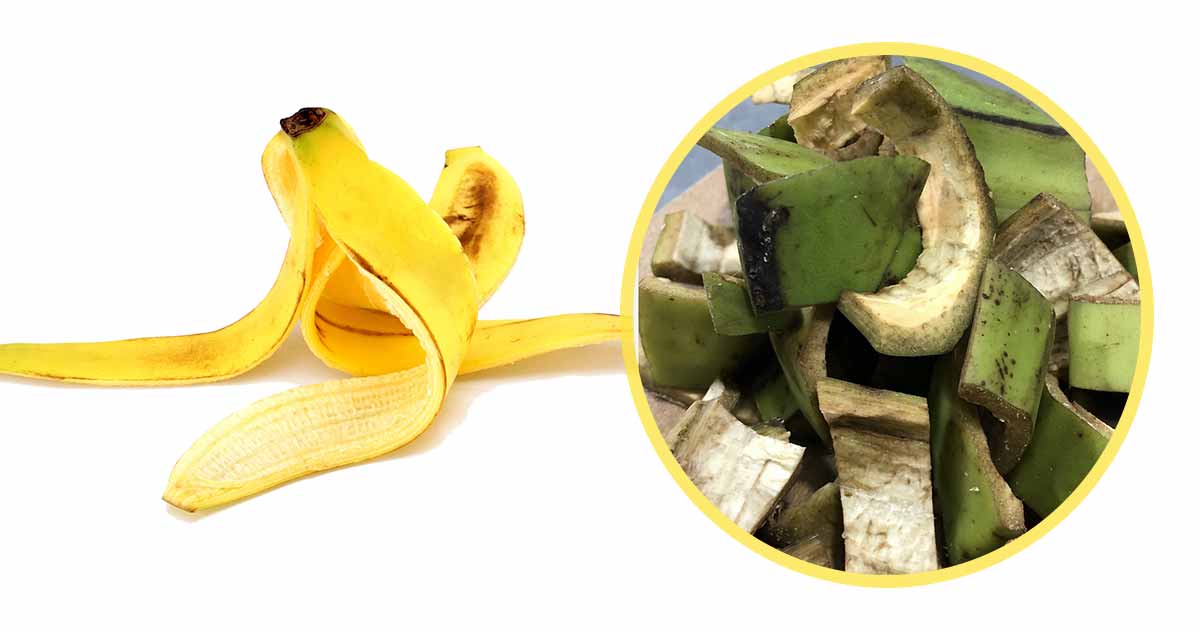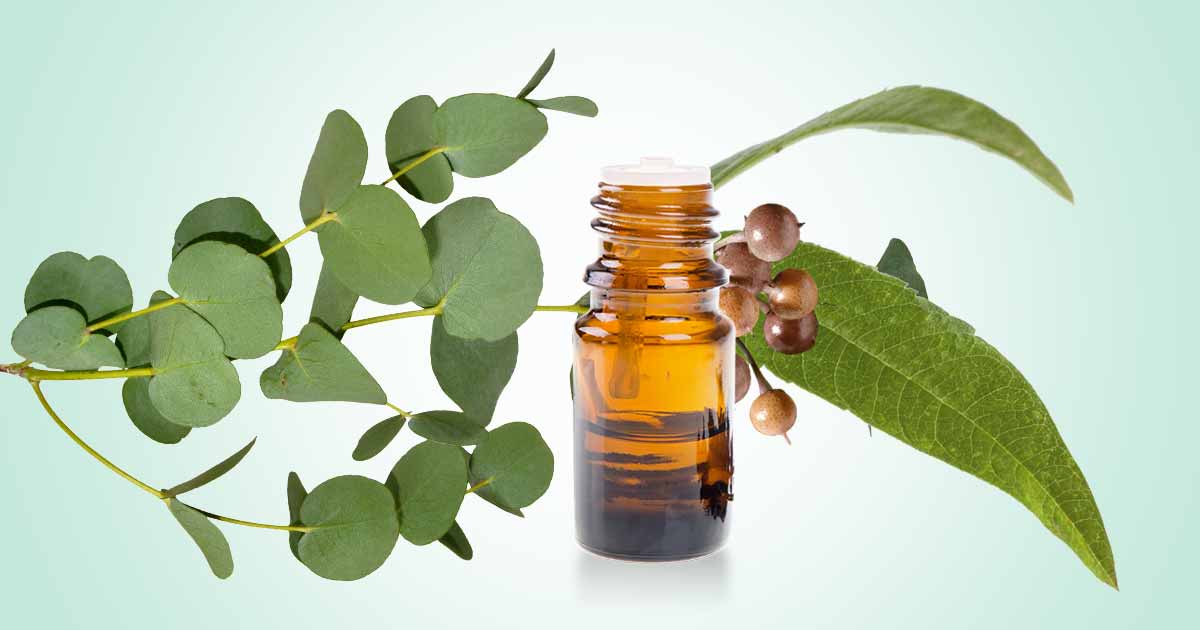Plantain peel, is the main bye-product of the plantain, after separating the pulp is about 40% of the plant total weight and contains large quantities of nitrogen and phosphorus.
Plantain (Musa paradisiaca) is one of the important crop in tropical and subtropical regions. It is similar in appearance to banana except that it is larger, has a flesh is starchy rather than sweet, contains lower sugar and may require cooking. It may also be used both ripe and unripe. Both banana and plantain are from the Musa genus.
Plantain is a major staple in Africa, Asia, Latin America, and the Caribbean countries.
Studies have been conducted on the possible use of plantain peel in making flour. Also, the replacement of wheat flour with the peel in cookies, biscuits, cakes, have also been discussed. It may increase the dietary fiber and antioxidant profile of such foods.
Though it’s rare, some people do eat the raw plantain peel or make a recipe with it, such as plantain peel chips (finger chips).
Other uses may include application in wine, carbon black production, substrate for citric acid, biogas and mushroom production, and for extraction of pectin.
High potassium content in the peel ash means it can be used as alkaline for making soap. However, the high water content also means it may be attacked by microorganisms.
Constituents of Plantain Peel
Plantain peel, especially the Nendran cultivar, contains moisture, protein, carbohydrates, fat, and ash. There is also high quantity of dietary fiber, vitamins (vitamin A, folic acid, ascorbic acid, thiamine, riboflavin, niacin) and minerals (potassium, followed by calcium, sodium, iron in order of quantities)
Other compounds include cellulose, hemicellulose, lignin, pectin, gums (xanthan, arabic, guar, etc.)
Italso contains polyphenols and flavonoids such as gallic acid, protocatechuic acid, rutin hydrate, quercetin, chlorogenic acid and vanillic acids.
Between Ripe and Unripe Plantain Peel
Ripeness may affect the levels of pectin and dietary fiber. The green peel has more starch, which reduce on ripening as it is converted to sugars.
Also, ripe plantain peel contains higher moisture, crude protein, crude fiber, and ash contents than unripe peel. Potassium levels increases with ripening, while the levels of zinc, magnesium, and manganese is similar in both ripe and unripe peels. However, unripe plantain peel has more iron and calcium.
Health Benefits of Plantain Peel
Antioxidants: Plantain peel contains good quantities of polyphenols and flavonoids. These compounds improve the antioxidant property of the peel. Antioxidants scavenge free radicals and inactivate pro-oxidants.
High dietary fiber content: It also contains good quantity of dietary fiber, especially the insoluble dietary fiber, which may aid in digestion. This is by increasing faecal bulk and decreasing intestinal time.
Dietary fiber also lowers plasma cholesterol, glycemic response to meal. It may also lower the risk of coronary heart disease, colon cancer and obesity.
Plantain peel for skin care routine: The peel contains vitamin A, allantoin, apigenin, aucubin, baicalein, linoleic acid, oleanolic acid, sorbitol, and tannin.
These compounds help to prevent wrinkling of the skin, acne, allergies, and scarring.
They also promote wound healing, softens and regenerates the skin. Vitamins such as A, and C are antioxidants that prevent ageing of the skin.
Rubbing plantain peel on the face can help the skin in beneficial ways.
Enhances sexual performance: in studies by Sunday Idowu Oyeleye et al., both ripe and unripe plantain peels may restore sexual performance, balance hormones, decrease thiobarbituric acid reactive substances (TBARS) levels, and increase nitric oxide levels.
It may have potential in the treatment of erectile dysfunction.
Side Effects
Plantain peel contains a high quantity of anti-nutrient such as tannins, oxalate, and phytate. Anti-nutrients may cause growth stunting, organ damage, and mortality. This is especially felt in poultry fed with plantain peel. The tannins are bitter, making it unpalatable.
Sun drying, oven drying, and addition of alkali has been used to reduce the anti-nutrients.
References
- https://www.ncbi.nlm.nih.gov/pmc/articles/PMC4573141/
- https://www.dermaorganicsbycfbp.com/blogs/news/plantain-peel-benefits
- https://onlinelibrary.wiley.com/doi/abs/10.1111/jfbc.14261













Thank you for the information provided about the health benefits.
Are there health cases that should avoid consumption of plantain peel.